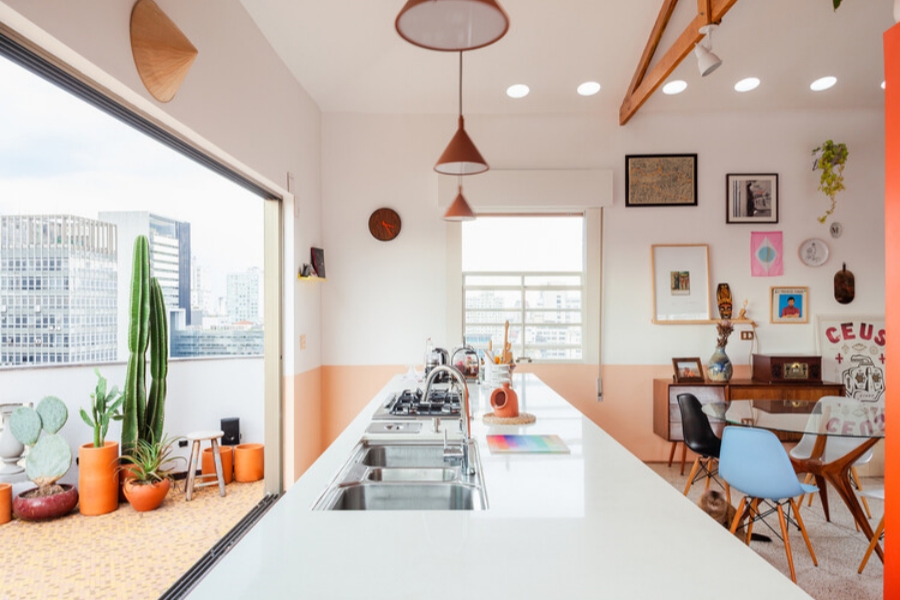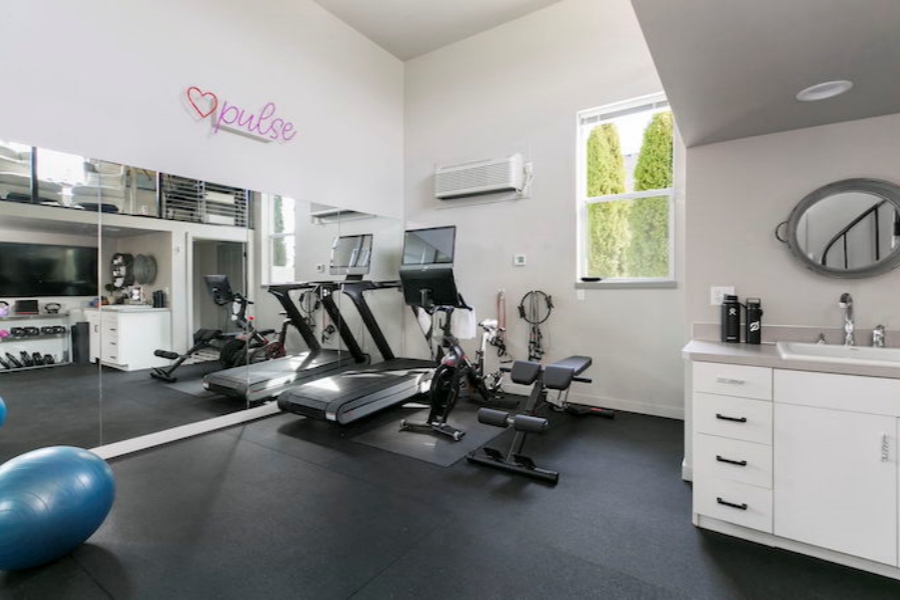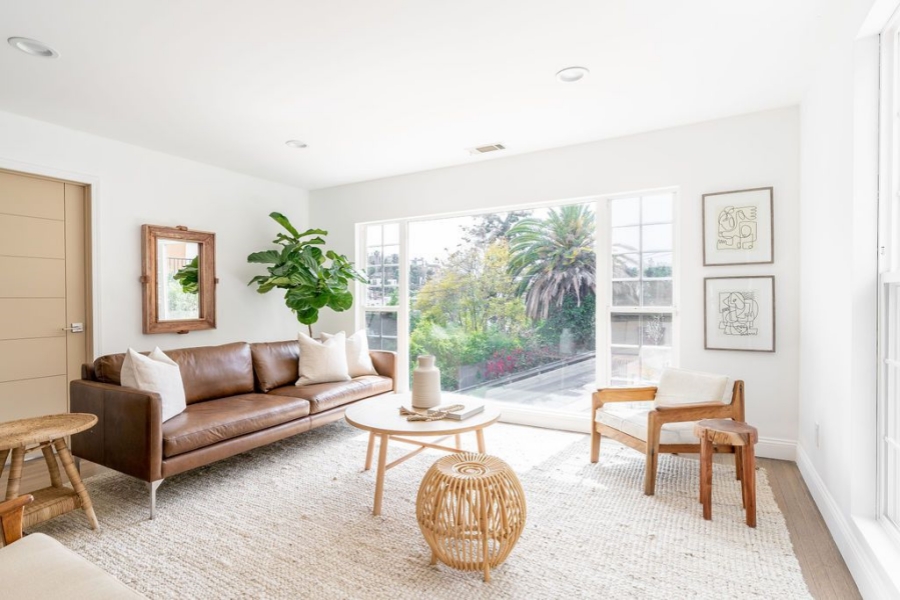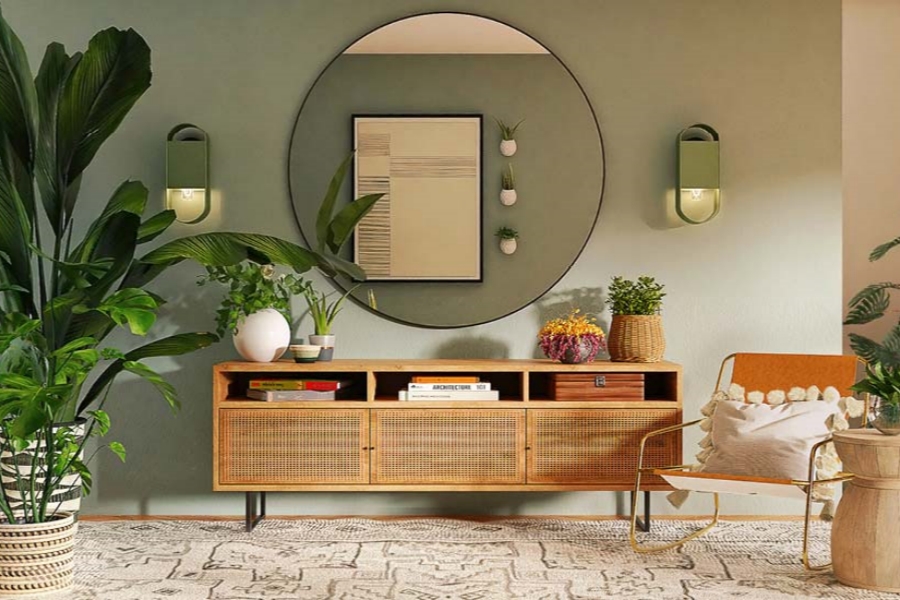The essence of a multifunctional space is its ability to serve multiple purposes without compromising on style or comfort. This design approach is particularly beneficial in urban living environments where space is often at a premium. However, the appeal of multifunctional spaces extends beyond just space-saving. It’s about creating an environment that caters to the diverse needs of the occupants, enhancing their quality of life.
One popular example of a multifunctional space is a home office that doubles as a guest room. With the rise of remote work, having a dedicated workspace at home has become a necessity for many. By incorporating a stylish sofa bed or a Murphy bed into the office design, the room can easily transition into a comfortable guest room when needed.
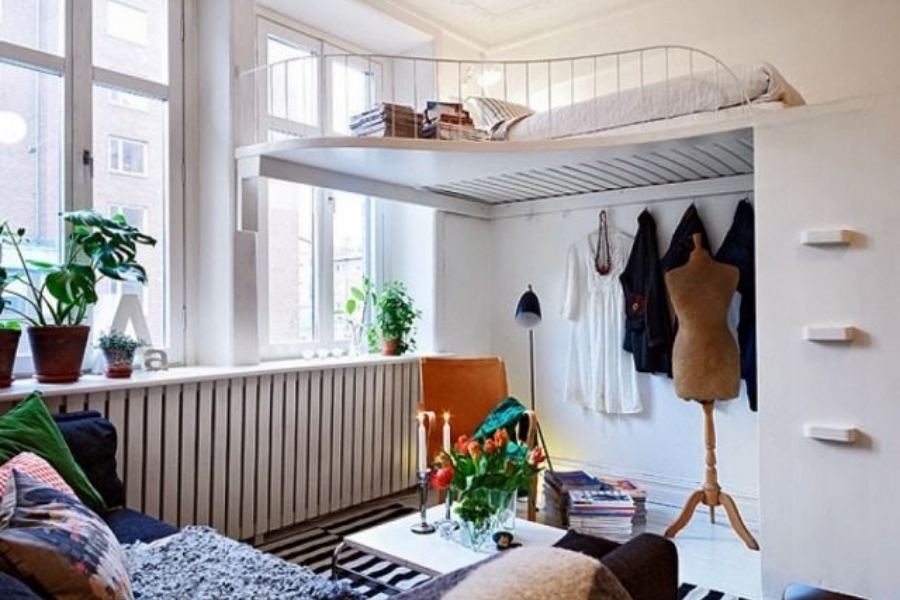
Another trend is the kitchen-dining-living space combination. This open-plan design encourages social interaction and creates a sense of spaciousness. With smart furniture choices and strategic zoning using rugs or light fixtures, each area can maintain its distinct function while contributing to a cohesive whole.
Multifunctional spaces also promote sustainability. By maximizing the use of each room, we can reduce the need for larger homes, leading to lower energy consumption and lesser environmental impact.
Multifunctional spaces are a reflection of our changing lifestyles. They offer a flexible, efficient, and sustainable solution to modern living challenges. As we continue to redefine our living spaces, multifunctional design will undoubtedly play a key role in shaping the future of home decor.

